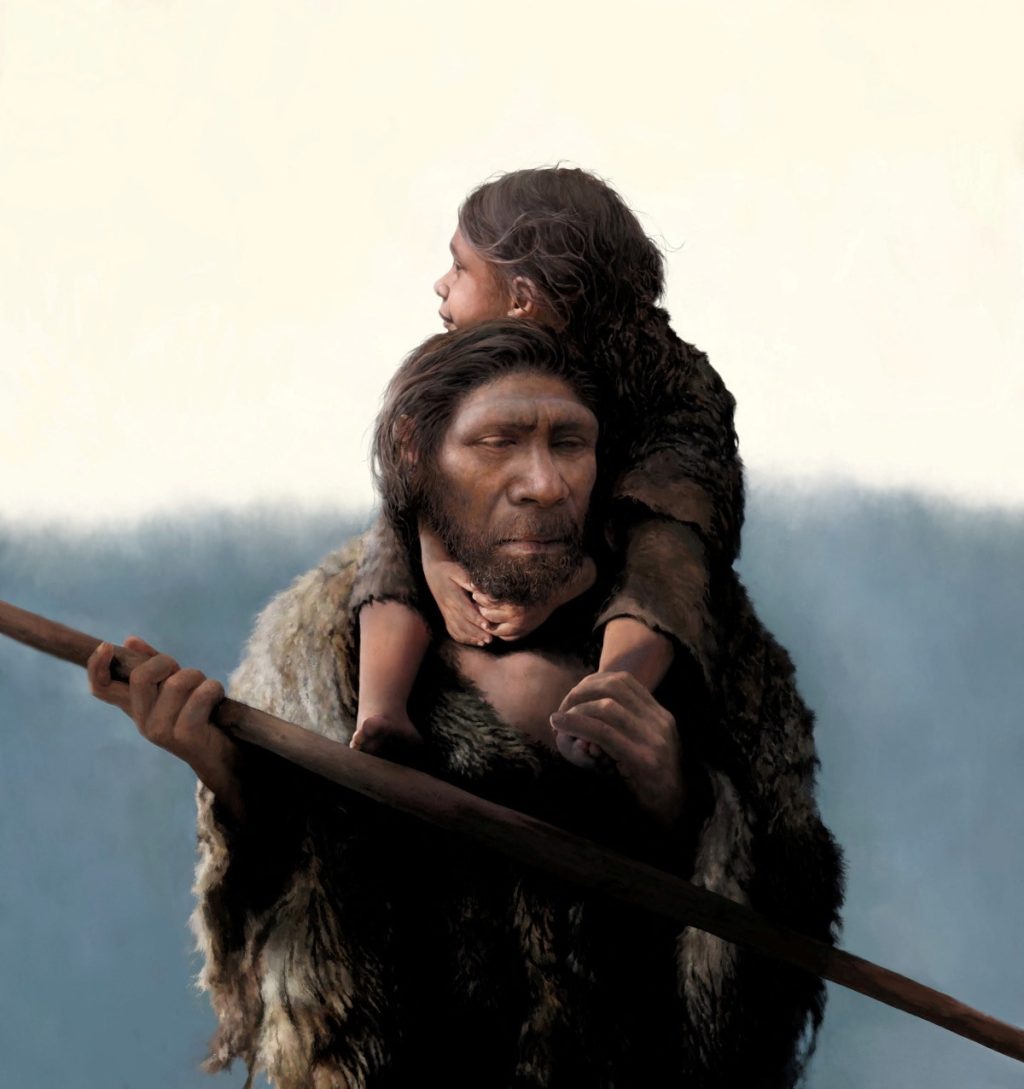
The social organization of the Neanderthal population is poorly understood. The latest research indicates that in Siberia at least, Neanderthals lived in groups of 10 to 20 people – similar to today’s mountain gorillas, which are an endangered species.
The study was conducted by an international team of scientists, including Svante Pääbo, a Swedish geneticist who won the Nobel Prize in Medicine this month for His work is mapping genetic relationships to Neanderthals.
Unlike many archaeological sites, which contain fossils accumulated over long periods, genetic studies of 11 Neanderthals found in Chagirskaya Cave – in the Altai Mountains, near Russia’s borders with Kazakhstan, Mongolia and China – have shown that many of them were close relatives, indicating to all lived around the same time.
Roberts, a researcher at the University of Wollongong in Australia and one of the study’s authors, said in an in-person interview.
“Most of the archaeological sites, things build up slowly and tend to be chewed by hyenas or something else like that,” he said. “You don’t really get sites full of stuff. It was full of bones, Neanderthal bones, animal bones, and artefacts. It’s a moment, literally frozen in time.”
The scientists used DNA extracted from fossils in Chgerskaya Cave and from two other Neanderthals found in a nearby cave to map relationships between individuals and look for clues about how they lived.
The Chagirskaya Cave is located on top of a hill, said Roberts, overlooking a floodplain where herds of bison and other animals might once have grazing. Researchers found stone tools and bison bones buried in the cave next to the remains.
Roberts said genetic data obtained from teeth and bone fragments showed that the individuals included a father and daughter, along with a pair of second-degree relatives, possibly an aunt, uncle, niece or nephew. parents Mitochondrial DNA — a set of genes passed down from mothers to their children — was also similar to two other males in the cave, he said, suggesting they likely had a common maternal ancestor.
“They are closely related,” he said, “it’s like a clan that really lives in this cave.” “To think that they could persist for generations after generations seems unlikely. I think they may have all died up close in time. Perhaps it was just a terrible storm. They are in Siberia, after all.”
The study also revealed that the genetic diversity of the Y chromosomes (transmitted only through the male line) was much lower than the genetic diversity in the individuals’ mitochondrial DNA, which the authors said indicates that female Neanderthals were more likely to migrate than females. males. This pattern also appears in many human societies, where a woman marries and moves away with her husband’s family before she has children.
Previous work by Swedish geneticist Paabo showed that Neanderthals mixed with prehistoric humans after they migrated from Africa, and that remnants of those interactions live in the genomes of many people today. During the epidemic, a genetic risk factor was found to be associated with severe cases of covid-19 Transmitted from Neanderthals, about half of people in South Asia and about 1 in 6 in Europe carried it.
The authors say that the sample size of the latest study is small and may not represent the social life of all Neanderthals.
“If only we could reproduce [the study] In a couple of other places, we’ll really have an understanding of how Neanderthals managed their lives, and maybe some indication of why they went extinct and we didn’t,” said Roberts, the Australian researcher. “We are very similar. So why are we the only ones left on this planet?“

“Web maven. Infuriatingly humble beer geek. Bacon fanatic. Typical creator. Music expert.”

:quality(85)/cloudfront-us-east-1.images.arcpublishing.com/infobae/5HSBEWJCFJFOPLDQWG4RX3AALE.jpg)


More Stories
There may be an extra moon orbiting Earth, and scientists think they know exactly where it came from
A pioneering new principle – Korean researchers have discovered a revolutionary phenomenon in liquid crystals
High-speed imaging and artificial intelligence are helping us understand how insect wings work